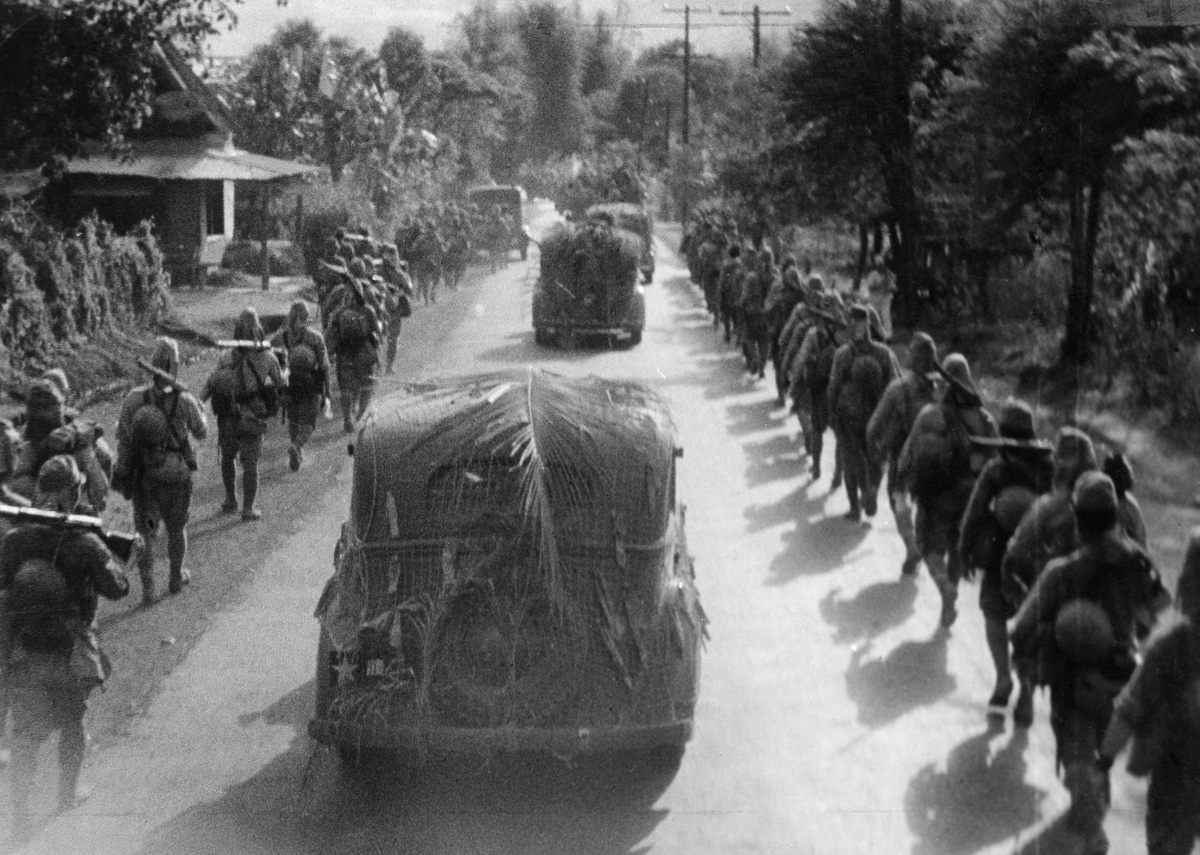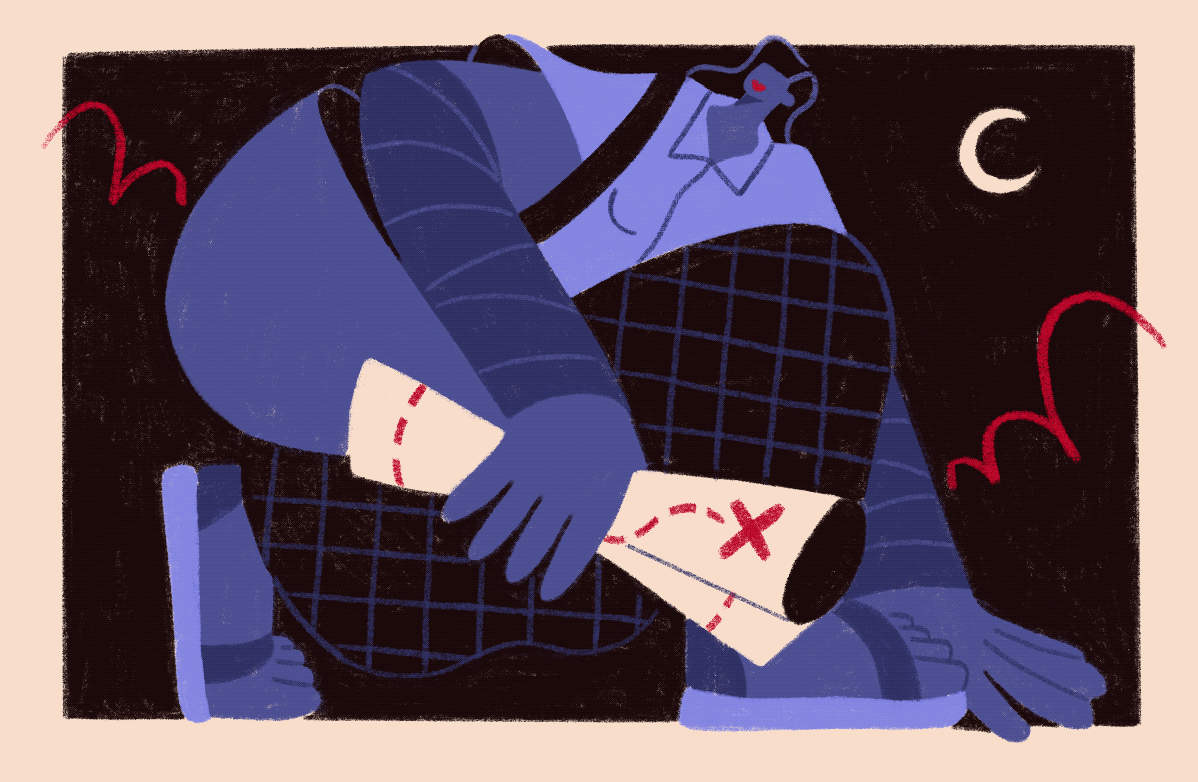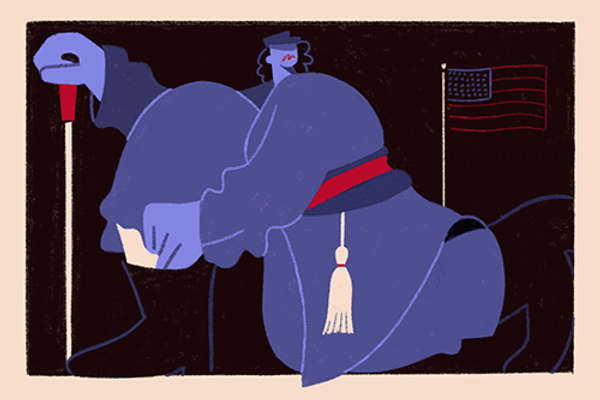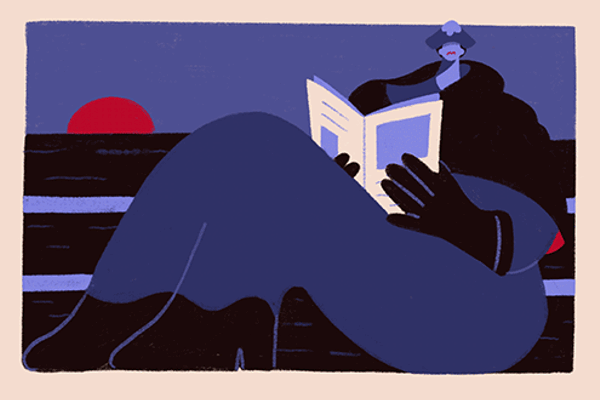The Invisible, Afflicted Spy Who Led the U.S. Army Into Occupied Manila
As a woman with leprosy, Josefina Guerrero was ignored by Japanese forces as she carried messages of resistance in World War II.
For Women’s History Month, Atlas Obscura delves into the world of espionage, where being overlooked and underestimated has been an asset for centuries of women spies. Read about more of history’s hidden Secret Agent Women.
The municipality of Calumpit lies just 30 miles north of Manila in a fertile lowland region of winding rivers. Today, one can make the journey by car in about an hour, but in January 1945, the distance was all but unconquerable. The U.S. Army, which had come ashore on Luzon in early January, had temporarily established its headquarters in Calumpit as it pushed toward Manila. Japanese forces, which had invaded the Philippines in December 1941, held the capital. In between there was a two-lane road, and each mile presented a new obstacle: Japanese military checkpoints, guerrilla skirmishes, bombed-out bridges, and river pirates. Josefina Guerrero, a petite, 27-year-old Filipina suffering from severe fatigue and debilitating headaches, surveyed the situation, and decided to walk.
Since the early days of the Japanese occupation, Guerrero had been walking, carrying messages for the Filipino resistance fighters. She ferried news tucked into her chignon—at least until the day a Japanese sentry pulled at her hair, threatening to dislodge her secrets—or tucked between two pairs of socks or secreted away in hollowed-out fruit that she carried in a street vendor’s basket. Guerrero, known to most as Joey, moved around the city and into the surrounding mountains more easily than most. As a woman, she was dismissed as frivolous and flighty. Japanese soldiers answered her seemingly idle questions about their fortifications—never suspecting she was meticulously mapping their garrisons.

Guerrero also had another unexpected advantage: she was sick. Before the occupation, Guerrero had been diagnosed with Hansen’s disease, also known as leprosy. The symptoms included headaches, fatigue, and tell-tale skin lesions. Before the invasion, Guerrero had been able to manage the disease, but medication was scarce in a country at war, and as she developed more noticeable lesions, she found herself shunned. Leprosy was misunderstood as a disease of the unclean and impure, and sufferers were cast out of society and expected to live in isolation; Guerrero had already been separated from her husband and daughter. The affliction kept most Japanese soldiers at bay, too. No one wanted to search her. “I’m a leper,” she’d cry if a sentry approached her.
“If she believed anything,” writes author Ben Montgomery in Leper Spy, “it was that even the lowest could be a vessel. She thought about Joan of Arc, the peasant girl who led France into battle, driving back the English and reclaiming the crown. If she was going to die, she would do so with dignity, face her fate with honor.”
And so, in the last days of January 1945, when the resistance fighters discovered that the Japanese forces had laid more landmines in the north of the city to greet the approaching American troops, Guerrero was dispatched to warn the men, with a map of the minefields taped over the lesions between her shoulder blades. It was the most dangerous mission she had undertaken. She was advised to go to confession before making the trek; it was likely to be her last.
Guerrero walked along the shoulder of the roadway for hours, 25 miles to Malolos, where Japanese soldiers greeted her with their customary disdain. The ailing woman was no threat to them. In Malolos, Guerrero was warned by residents that there was fighting ahead, so she hired a boat to take her down river to Hagonoy. It added several miles to her trip, but seemed the wiser route, until she found herself chased by pirates who hoped the unfamiliar woman was carrying something of monetary value. Guerrero outpaced her pursuers and began to walk again from Hagonoy. It was still more than eight miles to the U.S. Army headquarters in Calumpit. But when she finally arrived, the soldiers were gone.

The 37th Division was on the move toward Manila. Guerrero followed them back to Malolos. She was greeted with some skepticism by the American soldiers but was eventually granted an audience with a man she knew by the alias Captain Blair. She unfurled the map she carried against her skin, revealing the safest route into Manila. “By God, I never dreamed that Filipino women had such courage,” the captain reportedly said of Guerrero. She rode with the troops into the capital.
After a month of fighting, on March 4, 1945, Manila was declared liberated, and Guerrero’s bravery was acknowledged in 1948 with the United States’ Medal of Freedom with Silver Palm and permission to enter the United States, the first foreigner afflicted with leprosy to be admitted. Guerrero had found a new battle, which she would wage for decades: the fight to destigmatize leprosy. Guerrero herself was cured of the disease in 1957. She eventually stepped out of the spotlight and lived quietly to the age of 78.





















Follow us on Twitter to get the latest on the world's hidden wonders.
Like us on Facebook to get the latest on the world's hidden wonders.
Follow us on Twitter Like us on Facebook